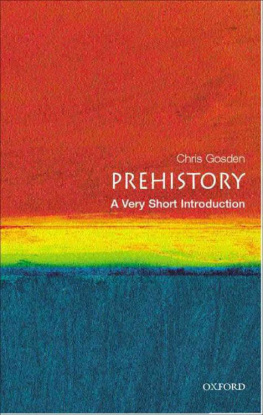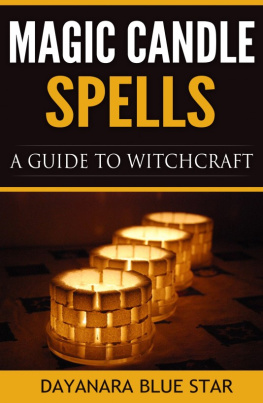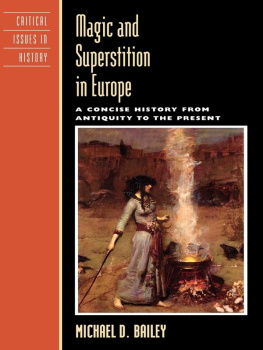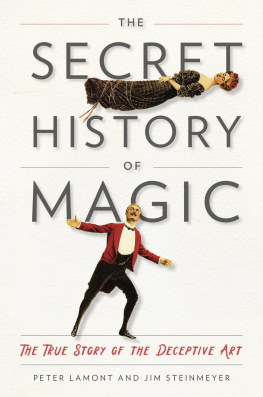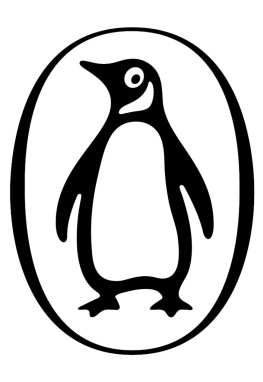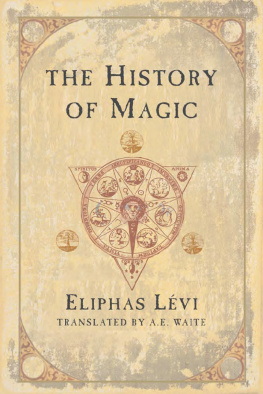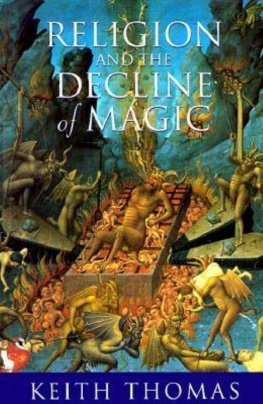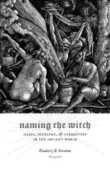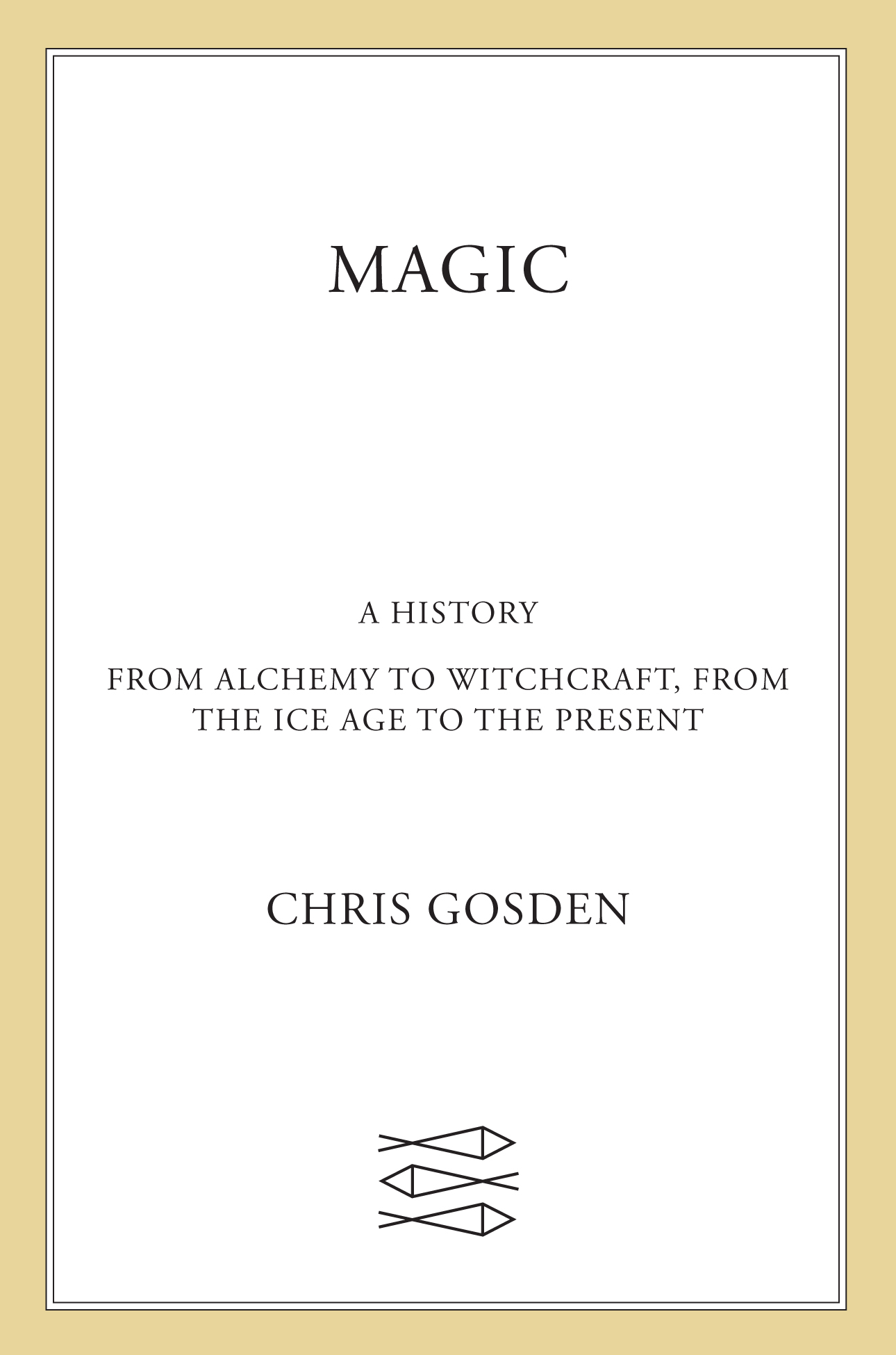The author and publisher have provided this e-book to you for your personal use only. You may not make this e-book publicly available in any way. Copyright infringement is against the law. If you believe the copy of this e-book you are reading infringes on the authors copyright, please notify the publisher at: us.macmillanusa.com/piracy.
A volvelle a paper construction with moving parts for finding the places of the planets within the zodiac. It is the counterpart of the astrolabe, which was used for making observations of the sky (Apianus, Astronomicum Caesareum. Ingoldstadt, 1540. British Library Maps C.6.d.5, Pl. 27).
An eighteenth-century Ethiopian Ketab scroll with prayers for undoing spells to protect its owner. Kept in a silver case. Ketab scrolls originated in the Aksumite Empire (firsteighth centuries CE) and combine Arabic and Christian influences. By the nineteenth century several million were in use. In Amharic script (British Library C11269-07).
A guide to interpreting the shapes formed by tea leaves in the bottom of the cup (from How to Read the Future with Tea Leaves, translated from Chinese by Mandra (1925). Stamford: Dolby Brothers. British Library 8633. eee.31).
The earliest surviving use of the term abracadabra in a cure for malaria. The word is in the triangle at the bottom right and is reduced by one letter every line, which will result in the disease diminishing in virulence (see Chapter 6). Quintus Serenus Sammonicus, Canterbury, thirteenth century (British Library Royal MS 12E.XXIII, f. 20).
Map of the Palaeolithic cave sites mentioned in the text (drawn by Chris Green).
Lion person tusk figurine from Stadel Cave ( Museum Ulm. Photo: Oleg Kuchar, Ulm).
Painted Ice Age cave art (from the photograph Ekainberri, Arazi Aranzadi; courtesy of Ekainberri Management).
Shaman, from Les Trois-Frre Cave in France (from Abb Breuil (1952), Quatre cents sicles dart parital. Montignac and Dordogne: Centre dtudes et de documentation prhistoriques).
Map of sites mentioned in the text, dating between the Late Glacial and the Ubaid periods (drawn by Chris Green, after Eleni Asouti and Dorian Q. Fuller (June 2013), A Contextual Approach to the Emergence of Agriculture in South-West Asia: Reconstructing Early Neolithic Plant-food Production, Current Anthropology, v. 54, no. 3, Fig. 1).
Hilazon Tachtit burial the burial of a so-called female shaman (from Cyprian Broodbank (2013), The Making of the Middle Sea. London: Thames and Hudson, Fig. 4.5).
Photograph of the excavations and a plan of Gbekli Tepe ( DAI. Photo: E. Kck; plan: Klaus Schmidt et al.).
Narrow side of pillar in Enclosure D at Gbekli Tepe ( DAI. Photo: N. Becker).
The variety of animals, such as snakes, scorpions and spiders, as well as abstract designs, carved on pillars at Gbekli Tepe ( DAI. Photos: C. Gerber, D. Johannes, I. Wagner).
A plastered skull from Jericho ( The Trustees of the British Museum. All rights reserved. Accession Number 1954,0215.1).
Map of Mesopotamia and Egypt with the main sites mentioned in the text (drawn by Chris Green).
Visualization of the White Temple at Uruk on its ziggurat (drawn by Chris Green, after artefacts-berlin.de and DAI).
Clay tablet a fragment of a Babylonian astronomical diary discussing astronomical and meteorological phenomena observed during the year 331330 BCE, months 6 and 7. Mention is made of the defeat of Darius iii by Alexander the Great and of Alexanders triumphant entry into Babylon ( British Museum, Accession Number 1880,0617.496).
The goddess Tawaret appears on a number of objects, including the so-called magical wands or knives made from hippo ivory, ebony or glazed steatite (courtesy of the Metropolitan Museum of Art. Accession Numbers 86.1.91 (top); 30.8.218 (bottom)).
Scarabs and intaglios made into finger rings that were used as protective devices. These are made from various stones placed in gold settings. They date from the Twelfth Dynasty, c. 1820 BCE. Abydos, Tomb G62. ( British Museum, Accession Number EA 37308).
This scene comes from Queen Nedjmets Book of the Dead, stolen from the Royal Cache at Deir el-Bahari. Nedjmet and Herihor, her husband (whose burial has never been found), are making offerings to Osiris, Isis and the four sons of Horus, who are also watching a small scene of weighing the heart ( British Museum, Accession Number 10541).
General view of Fu Haos Tomb, showing the bronze vessels around the edge, human skeletons on ledges and traces of Fu Haos coffin in the centre (photograph courtesy of Jessica Rawson).
Bronze owl-shaped wine vessel from Fu Haos Tomb (courtesy of Henan Provincial Museum; photo Niu Aihong ().
Shang Period (1192 BCE) oracle on an ox scapula. The text says that there will be no misfortune in a particular ten-day period (British Library OR.7679/1595).
The main sites and topographic features mentioned in the text (drawn by Chris Green).
The reconstruction of the East Gate at Shimao (drawn by Chris Green, after Zhouyong Sun, et al. (2018), The First Neolithic Urban Center on Chinas North Loess Plateau: The Rise and Fall of Shimao, Archaeological Research in Asia, v. 14, 3345, Fig. 7).
The main site at Liangzhu and the surrounding dam-system sites (drawn by Chris Green after Nobuya Watanabe et al. (2017), Utilization of Structure from Motion for Processing CORONA Satellite Images: Application to Mapping and Interpretation of Archaeological Features in Liangzhu Culture, China, Archaeological Research in Asia, v. 11, 40, Fig. 1).
Ritual sets of bronze vessels for feasting the ancestors (drawing by John Rawson (courtesy of Jessica Rawson), after Beijingshi wenwu yanjiusuo (1995), Liulihe Xi Zhou Yan guo mudi. Beijing: Wenwu Chubanshe.
Earliest known depiction of a Siberian shaman, by the Dutch explorer Nicolaes Witsen, who journeyed among the Samoyed and Tungus people in 1692. He entitled this Priest of the Devil and gave the shaman clawed feet to match this description (Amsterdam, 1705. British Library T00002-01).
Map of the Steppe with the central grassland shaded and the main sites mentioned in the text (drawn by Chris Green).
Standing stone, attributed to the Okunev culture (courtesy of Yury Esin; illustration by Peter Hommel).
One of the more complex carved stones from the Okunev Period, from Belyo Lake, Khakassia (illustration by Peter Hommel).
A photograph and plan of Urt Bulagyn Khirigsuur (photo courtesy of Josh Wright; plan drawn by Chris Green, after Francis Allard and Diimaajav_Erdenebaatar (2005), Khirigsuurs, Ritual and Mobility in the Bronze Age of Mongolia, Antiquity, v. 79, no. 305, 552, Fig. 3).
View of one of twenty-three deer stones in the Jargalantyn-AM complex in the Khanuy Valley in Mongolia (photograph and illustration by Peter Hommel).
Plans of the burial mounds of Arzhan 1 (top) and Arzhan 2 (bottom) (from Konstantin V. ugunov et al. (2010), Der skythenzeitliche Frstenkurgan Aran 2 in Tuva, Archologie in Eurasien, v. 26, 8, Fig. 77 (left); and 18, Fig. 22 (right). DAI).
The bodies of a man and woman, together with their grave goods, in Grave 5, Arzhan 2 mound (from Konstantin V. ugunov


